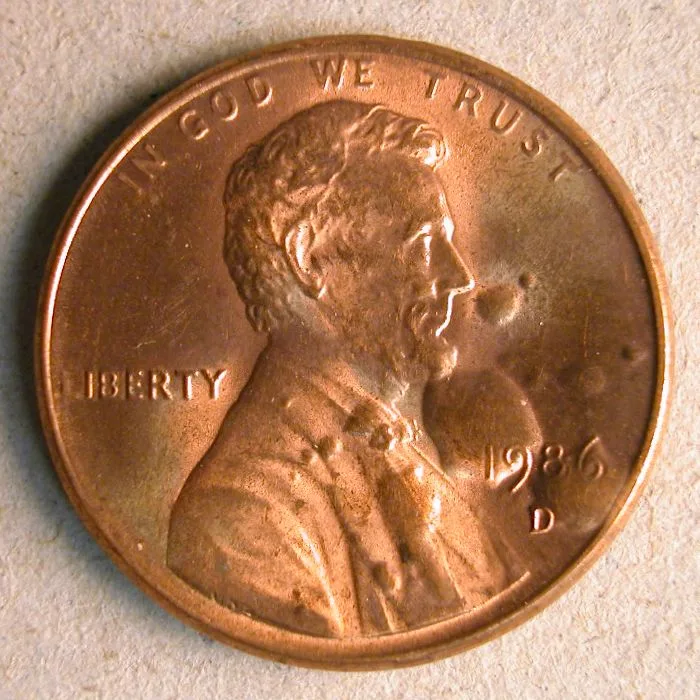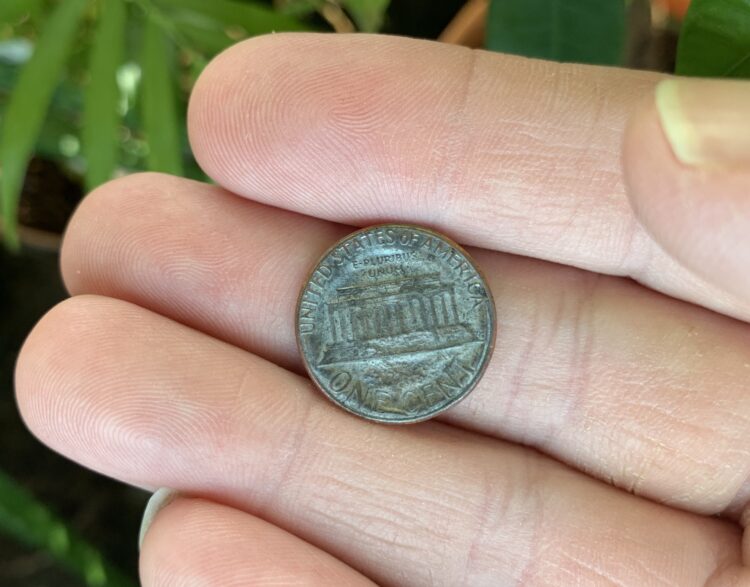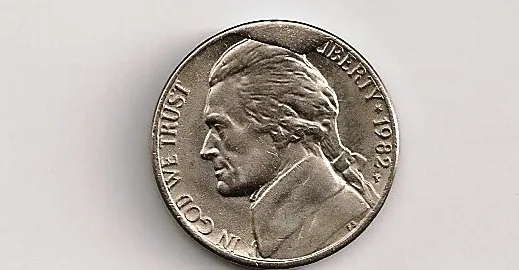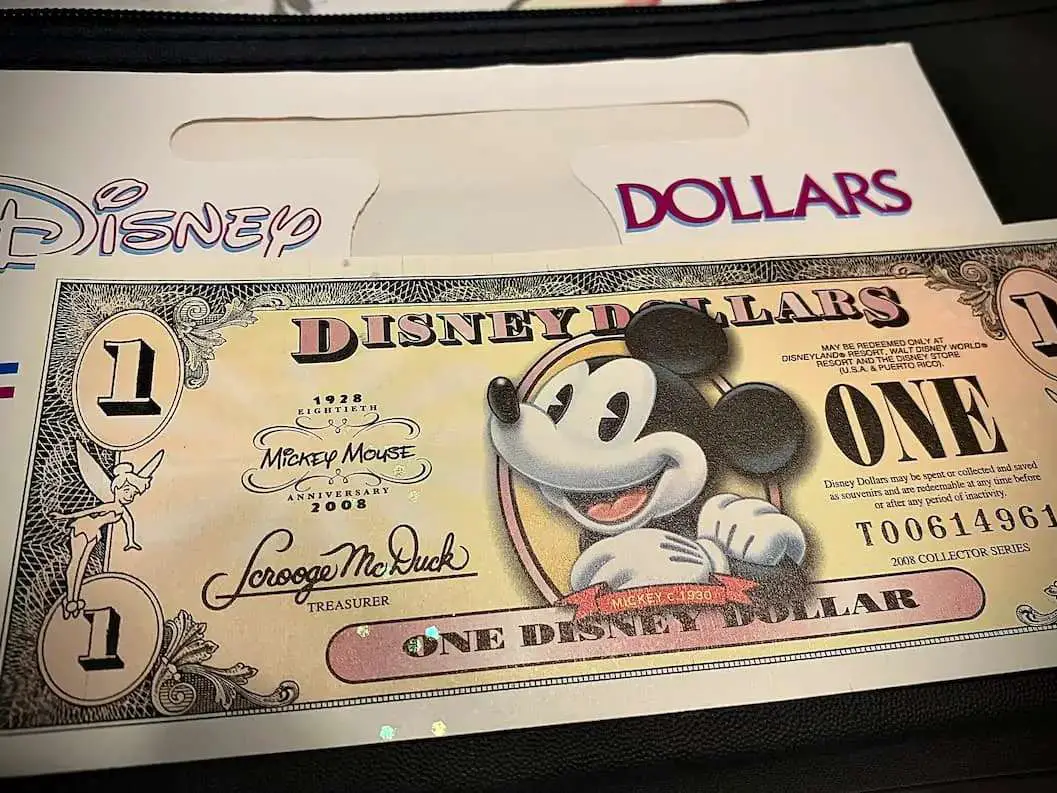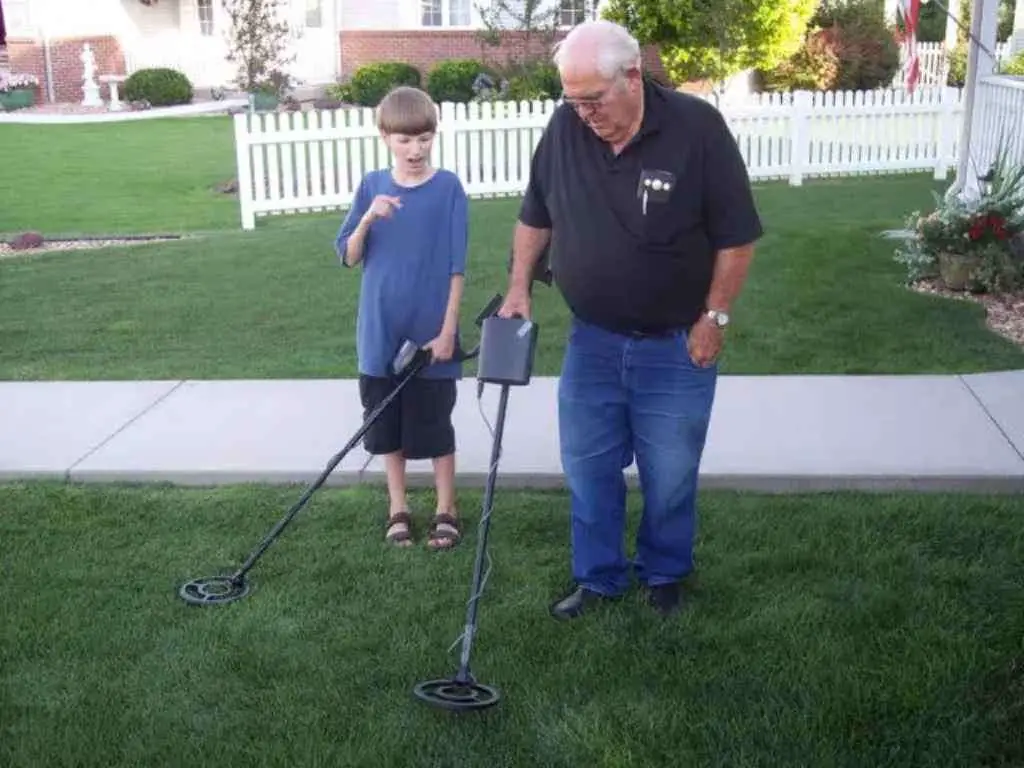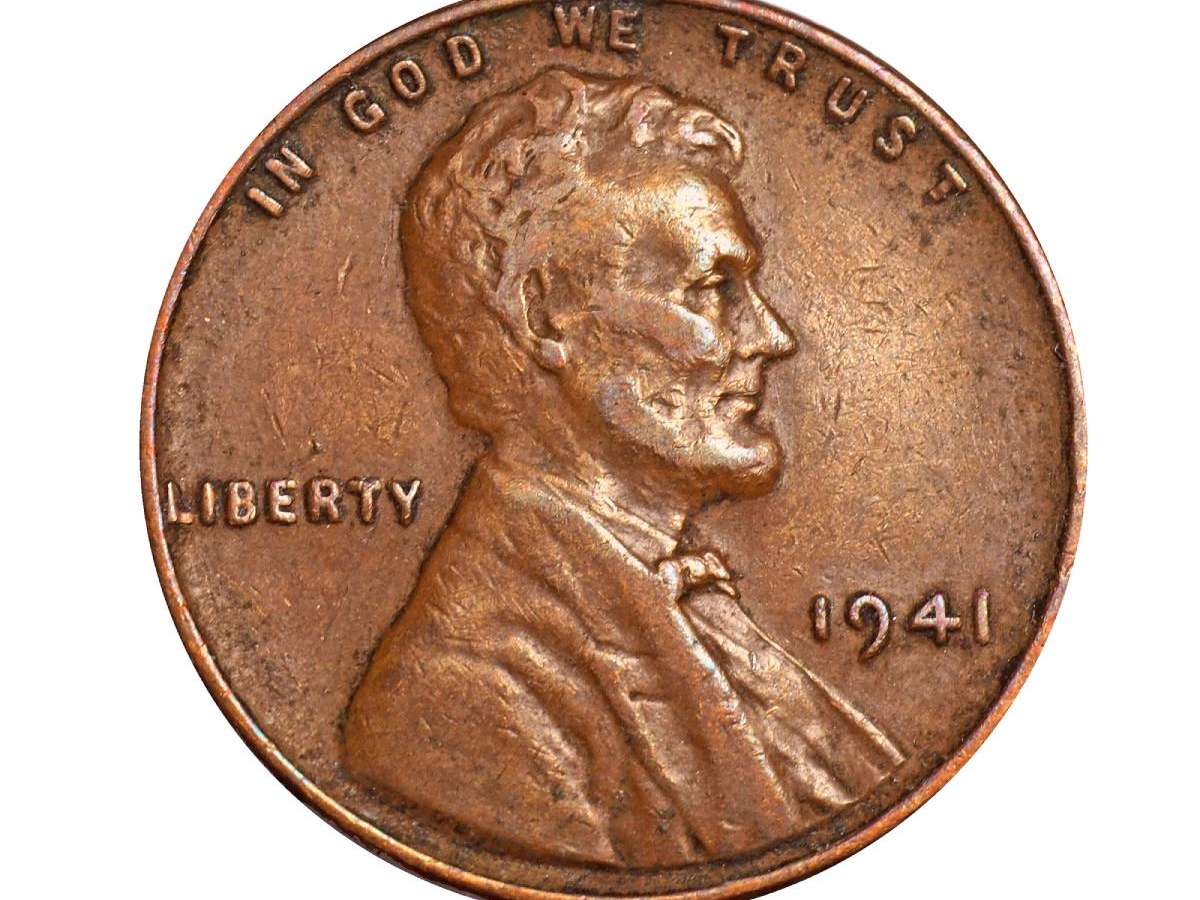Have any coins with bubbles in them?
I’ve found many pennies, nickels, dimes, quarters, half dollars, and dollar coins with all kinds of bubbles and blisters on them.
It’s very unusual — but what do these raised bumps mean? Are they errors? What are they worth?
Determining whether bubbled coins are valuable error coins or just damaged coins can be tricky.
Today, we’re going to take a closer look at coins with bumps and bubbles and:
- Learn how and why these raised bumps ended up on the coins
- Differentiate between errors versus damage
- See how much bubbled coins are worth
Is Yours A Damaged Coin Or A Real Error Coin?
So, you’ve found a coin with a raised bump on it, and you want to know what it’s worth.
Well, before we can start talking about its value, we need to figure out whether you have a real error coin or simply a damaged coin.
Unfortunately, most bubbled coins that are found in pocket change are just exhibiting a form of damage.
But not all coins with bubbles in them are damaged coins — some are actually legit errors!
Examples Of Damaged Coins With Bubbles
How would bubbles end up on a coin after it left the mint?
The most likely way that a bubble forms on a coin after it’s been struck is through exposure to intense heat.
In fact, virtually all bubbles you see on clad coins simply resulted from heat damage.
Let me repeat that…
Find a dime or quarter with raised bumps… and the coin was minted after 1964? When it comes to bubbles found on clad coins, they’re almost certainly heat-damaged — exposed to fire, most likely.
This coin has ripples that were caused by exposure to intense heat:
I wanted to emphasize that point — because so many people have shown me photos of their dimes and quarters with bubbles and, with great hope, believe they have a rare or valuable error coin.
Sadly, these coins are almost always caused by the coin being left in a fire, thrown into a fire pit, intentionally singed with a blowtorch, or another similar situation.
Of course, millions of coins are exposed to fire each year, in many cases through accidental purposes. So it’s easy to understand why there are so many coins with raised bumps floating around out there in circulation.
What was that?… You think it’s gas bubbles on your coin?
Perhaps. It’s possible that the bubble on your clad coin was caused by some chemical reaction between clad layers, but these generally originate back to post-mint heat damage.
Examples Of Error Coins With Bubbles
Here are some of the most likely types of coin errors involving bubbles and other oddities that resemble bubbling:
- If your coin was made from a solid alloy, such as a pre-1982 Lincoln cent or Jefferson nickel, then it’s much more likely that the bubbling originates from something in the minting process and is, therefore, a real error coin.
- Then there are the numerous (and I mean numerous!) plating blisters on copper-plated zinc cents made since 1982.
- There are also other types of errors that may resemble bubbles but aren’t.
Now, let’s next delve into the world of error coins with bubbly anomalies that are bona fide errors…
Types Of Error Coins With Bubbles In Them
There are several types of error coins that exhibit bubbling metal, including:
- Gas bubbles — Sometimes, a small amount of gas will occur inside a solid-alloy planchet. When the coin is struck, the incredible heat generated from the striking will cause the gas to explode inside the coin. This will cause a small raised dome on the coin. There are 2 kinds of gas bubble errors:
- Occluded gas bubble — This will appear as a raised dome of metal and is what many collectors generally associate with a gas bubble error.
- Ruptured gas bubble — Occurring when the roof of the gas pocket explodes through the metal, these errors may exhibit a crater-like pit on the coin.
- Plating errors — Most commonly seen on copper-plated zinc Lincoln pennies which have been struck since 1982, such plating errors often appear as blisters or bumps:
- These plating errors occur when the outer layer of copper fails to properly bond to the coin’s zinc core. Air inside these pockets (or voids) can expand, appearing as bubbles.
- Plating errors may range from 1 or 2 tiny little pinprick bubbles to multiple drastic domed blisters, such as the penny pictured above. This is one of the most commonly encountered types of errors involving bubble-like bumps on coins.
- Die breaks — When the die that strikes coins begins cracking, those cracks will result in raised bumps or lines on coins. A great many die cracks look like jagged, raised lines. However, there are 2 types of die cracks that generally resemble bubbles:
- Die chips are small, isolated bumps of metal that often take the form of a sharp or jagged mound.
- Cuds are large, flat pieces of metal originating from or connected to the rim (as seen in this nickel photo).
How Much Are Bubbled Coins Worth?
When it comes to figuring out the values for these weird error coins with bubbling, it often comes down to the merits and unique particulars of the individual coin. After all, each error is different from the next.
But here are some average prices for typical examples of the error coins I’ve mentioned in this post:
- Gas bubbles – $25+
- Plating errors (zinc Lincoln pennies) – $2+
- Cuds – $100 to $250+
*These are average prices that I personally collected from my surveys of error coins as seen offered for sale in the online marketplaces and at various coin shows.
I’m the Coin Editor here at TheFunTimesGuide. My love for coins began when I was 11 years old. I primarily collect and study U.S. coins produced during the 20th century.
I’m a member of the American Numismatic Association (ANA) and the Numismatic Literary Guild (NLG) and have won multiple awards from the NLG for my work as a coin journalist. I’m also the editor at the Florida United Numismatists Club (FUN Topics magazine), and author of Images of America: The United States Mint in Philadelphia (a book that explores the colorful history of the Philadelphia Mint). I’ve contributed hundreds of articles for various coin publications including COINage, The Numismatist, Numismatic News, Coin Dealer Newsletter, Coin Values, and CoinWeek.
I’ve authored nearly 1,000 articles here at The Fun Times Guide to Coins (many of them with over 50K shares), and I welcome your coin questions in the comments below!

